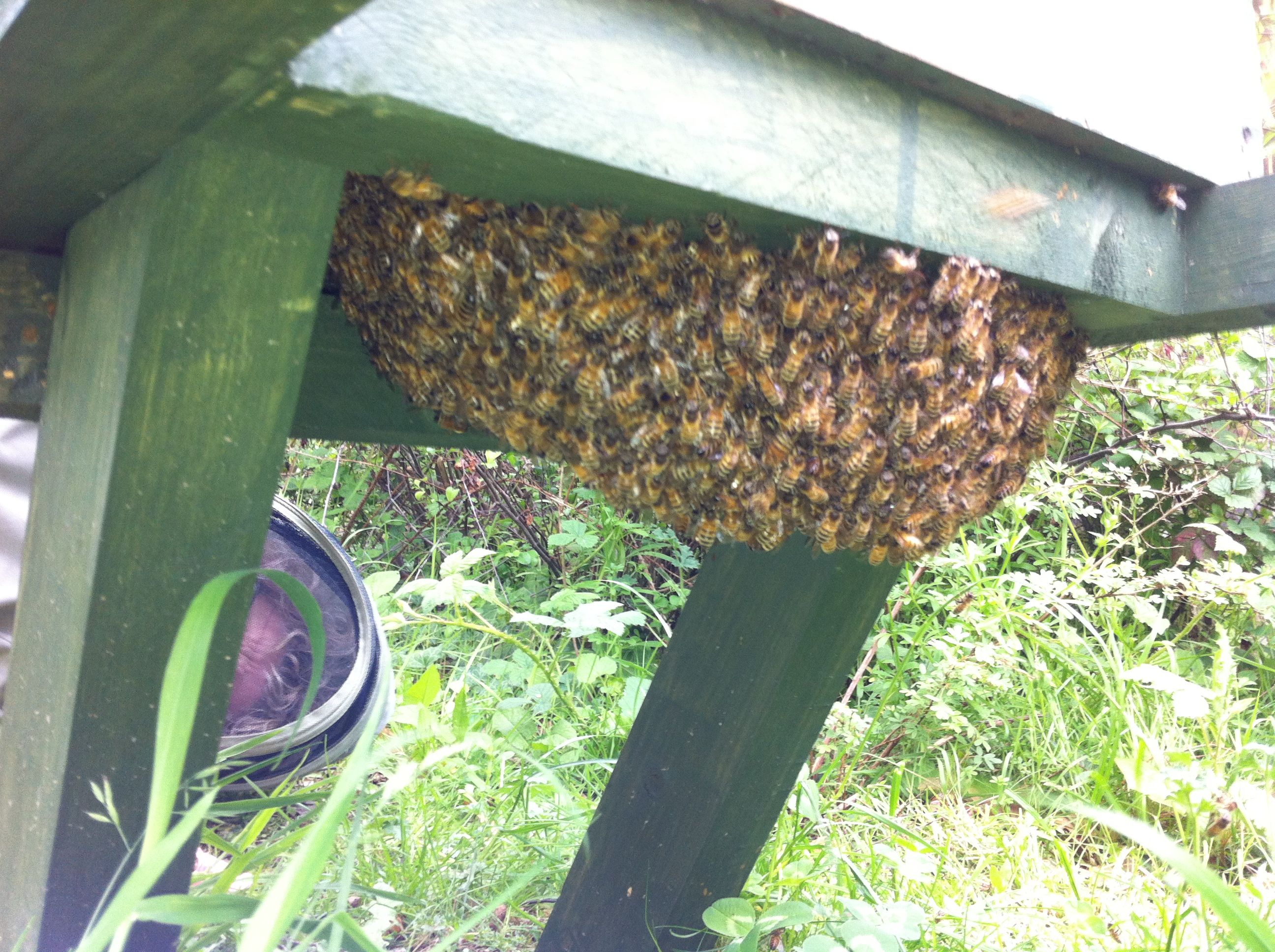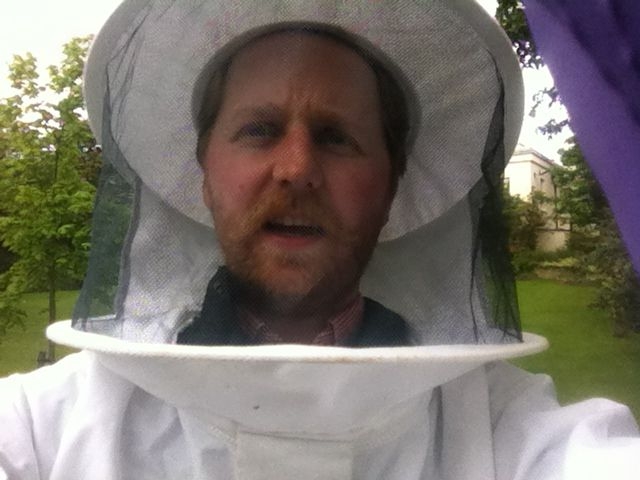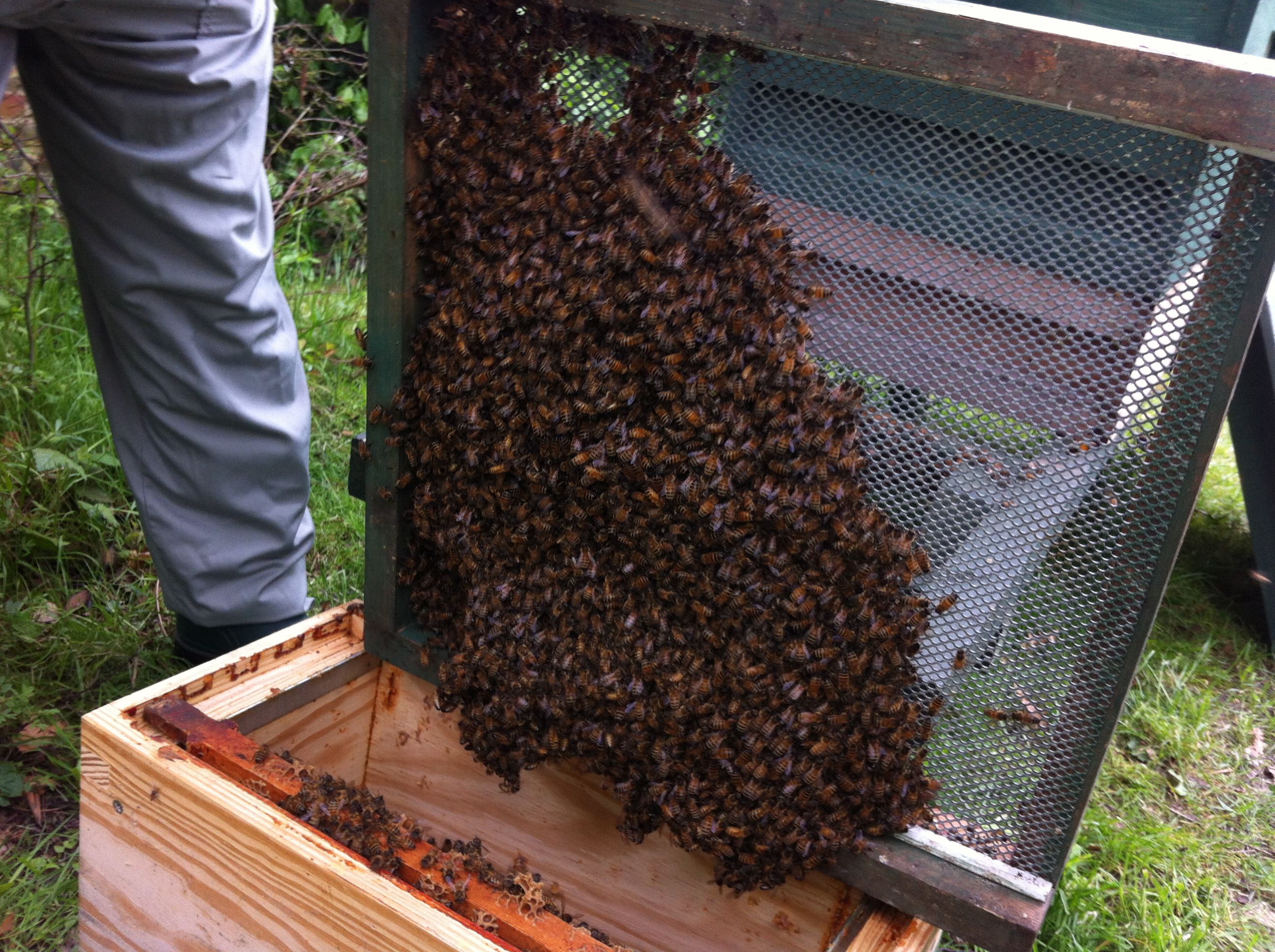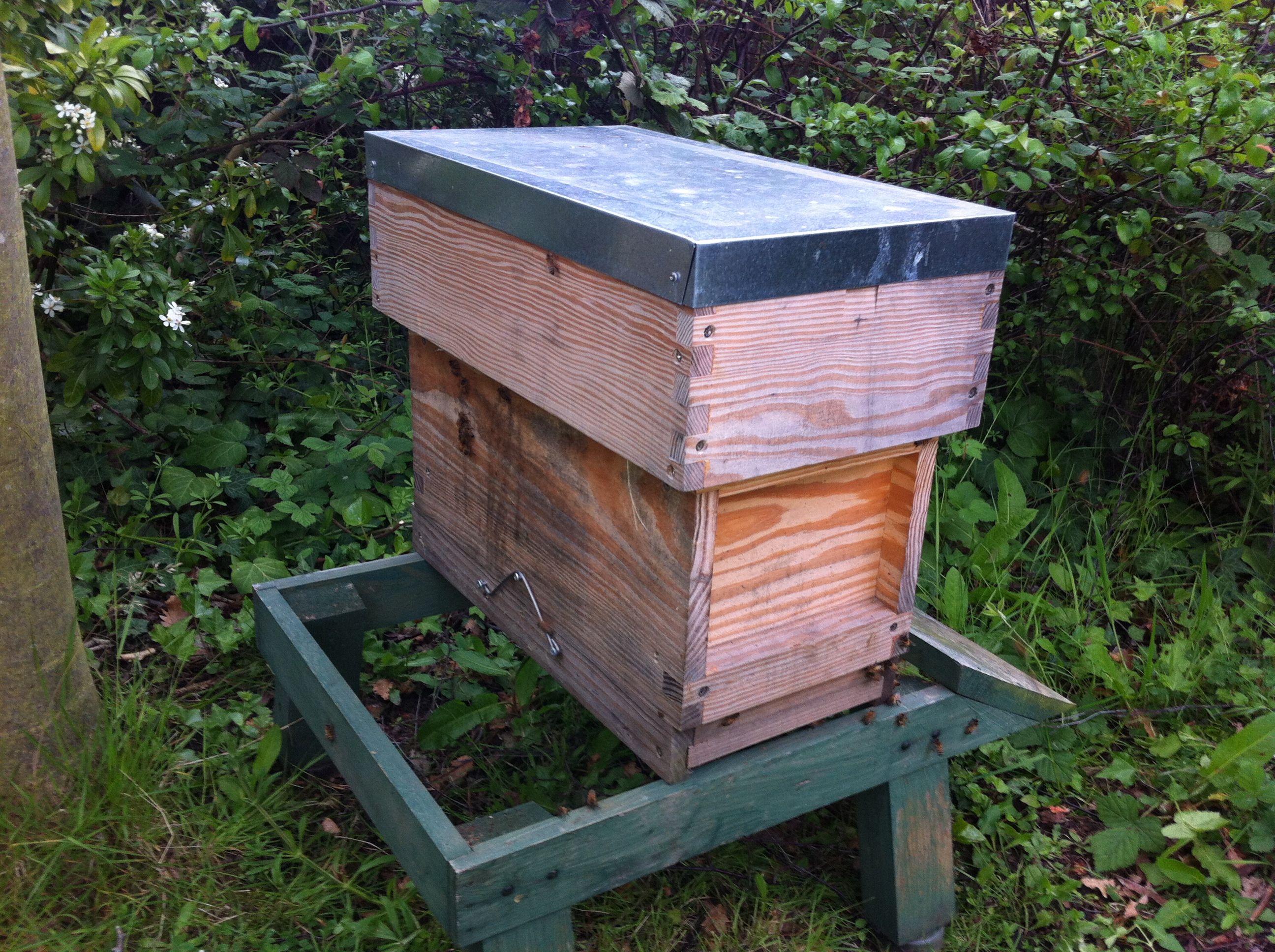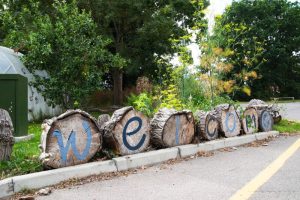The Sustainability Team are absolutely delighted to announce that we have topped the People & Planet Green League table for 2012. It is a tremendous result that we are extremely proud of at the University!
We were really pleased when we achieved fifth in the table last year and have pressed on working to improve in the areas we were behind in. Since the last table came out we have managed to achieve ISO14001 accreditation for our environmental management system, really gotten under way with some of our biodiversity projects, pushed forward our work to bring together the academics in the University who are teaching and researching sustainability related topics and have seen sustainability finally make its way into the University’s Strategic Plan.
Our Sustainability Champions Network has almost doubled in size since last year and the champions between them have tripled the number of tasks completed as part of the Green Impact project. Last year they completed 561 actions to improve the environmental performance of the university, this year it is over 1,500 – they have also been instrumental in communicating sustainability across the board and embedding it at a local level.
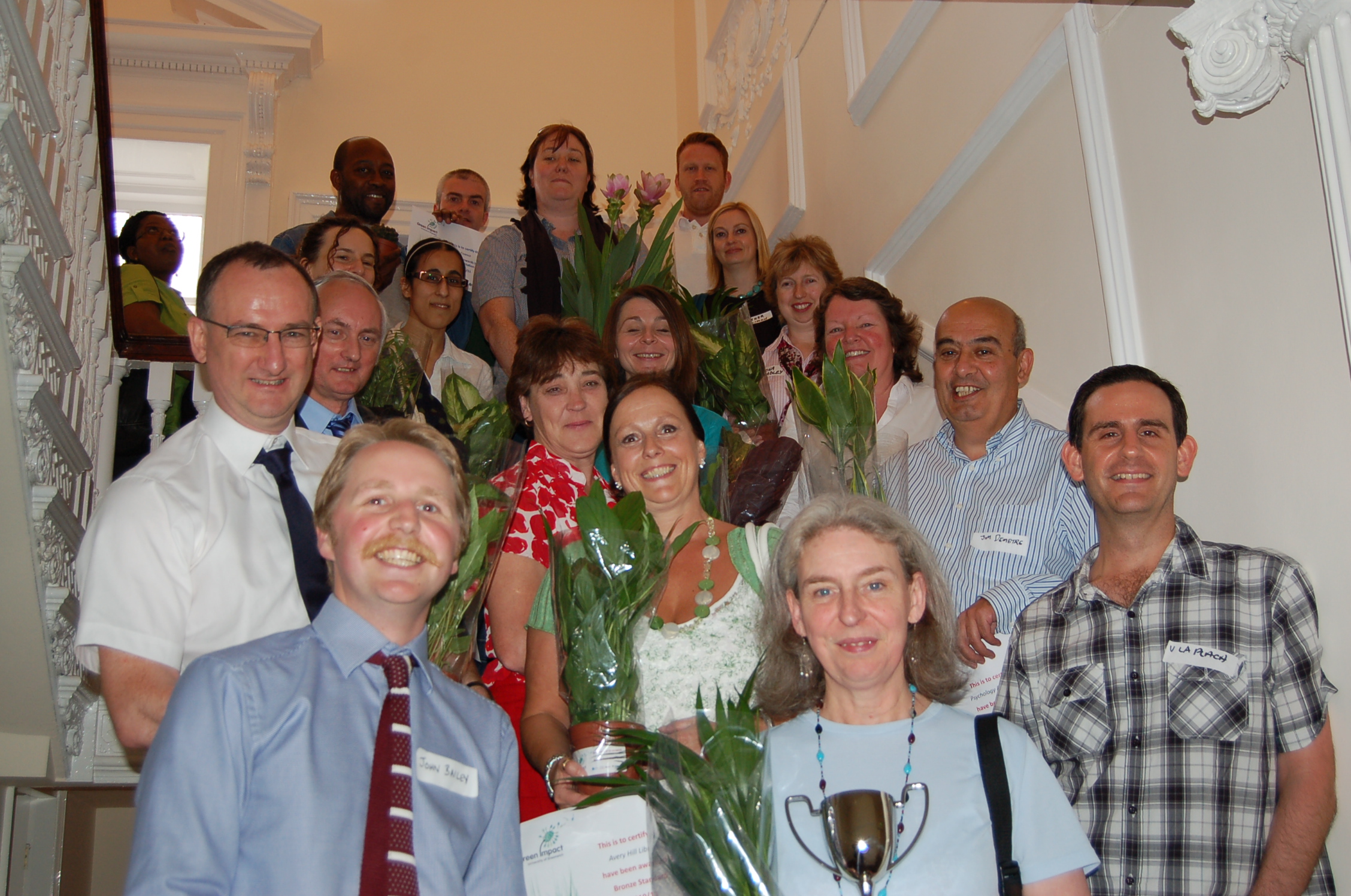

Our Sustainability Champions at last year's awards - this year we are looking for a bigger staircase!
As a result of our good position in the table last year there has been an increase in interest in and knowledge of the work we have been doing, and as the work that we are doing has spread further across the university we have found more and more willing collaborators and innovators. There are some really exciting research and teaching projects taking place across the schools and offices in the University.
If it wasn’t for all the staff and students at the University who have taken these extra steps and really adopted the philosophy behind our sustainability strategy the result in the Green League would not have been possible. We owe a lot of thanks to a huge number of people within the institution, a lot of people have played their part people such as our campus Facilities teams including our cleaners and porters dealing with energy, water and waste, the senior managers of the university supporting their sustainability champions, those who get their students involved in sustainability and those in the Vice Chancellor’s Office especially the Deputy Vice Chancellor of Resources- who has supported the ‘positive deviants’ that have been spotted roaming the university’s grounds?!
Positive deviant: a person who does the right thing for sustainability, despite being surrounded by the wrong institutional structures, the wrong processes and stubbornly uncooperative people. And doing it in a way thatbrings other people along.
Student volunteers have audited every nook and cranny of the campus, staff champions have got sustainability onto the agenda at hundreds of meetings and not a day goes by without someone at the University contacting us about an idea or an opportunity they have spotted for implementing sustainability in some way across the university.
Our internal sustainability awards at the University in June will be attended by well over 50 members of staff and students which is testament to how many people there are working towards improving the University’s sustainability performance. It has been a lot of hard work but knowing we are making a positive difference, not only to the environment, but also for the staff and students that live, work and study at the University is the driving force behind the energy that goes into what we do.
P.S. If you haven’t read it – we thoroughly recommend that you read Leith Sharp’s paper on ‘Green campuses: the road from little victories to systemic transformation’. It’s from 2002 but still very relevant and if you’ve ever tried bringing about organisational change in a university it may ring true and for those of you who haven’t tried it it provides a great insight into the complex challenge!
So after a glass or two of Kent’s finest sparkling wine- please raise your glasses and celebrate all those working in sustainability – it’s back to work for the Sustainability Team here at Greenwich- we still have a long journey ahead of us……








